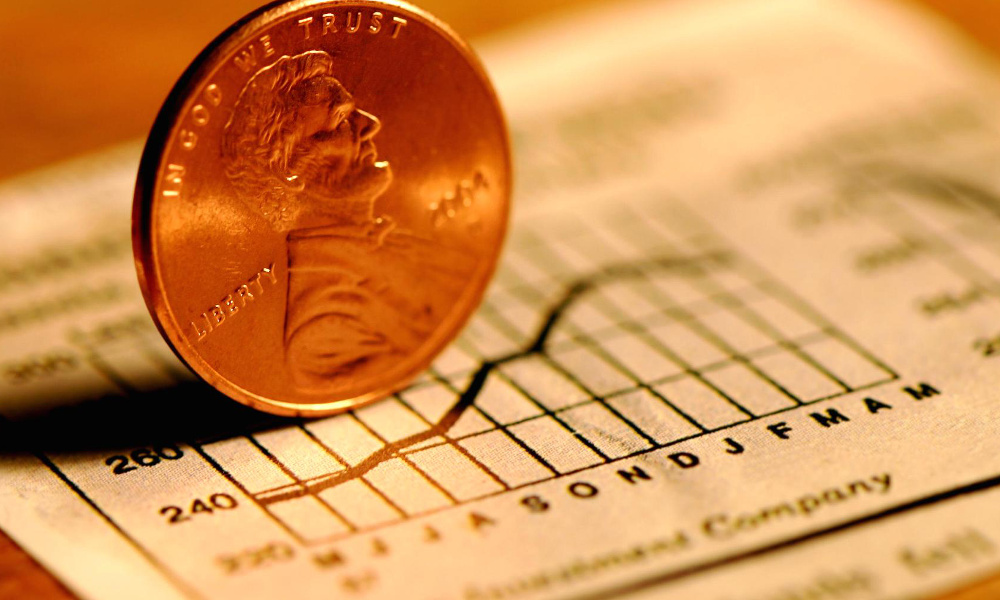
Riding the wave of emotions can often be a challenge for investors and day traders. Investors often lose money when dealing with emotions left unchecked. The emotions you experience often lead you to make inadvisable investment decisions. These inadvisable investment decisions are essentially the opposite investment decision you should chose to make. This is why every investor should understand the cycle of market emotions before risking their hard-earned cash.
What is the Cycle of Market Emotions?
It is an emotional curve that investors experience over various stages of price movements.
What are the various stages of price movements?
As seen in the graphic below, there are various stages along the cycle that dictate how an investor typically feels. Breaking down each stage of the price movement will allow you to better understand what you as an investor should be doing with your investment even though it may seem counter-intuitive to the emotions you are experiencing.

As Prices Go Down
Anxiety – The market begins its decline, and the initial feelings of anxiety set in. Investors may wonder if the market had just topped.
Denial – As the market continues its decline, the investor might feel this is only a temporary dip, and will start thinking since they are in it for the long haul, this brief dip is fine.
Desperation – Feelings of desperation begin as it looks to the investor this decline will continue.
Panic – Panic sets in as the investor realizes this is continuing to decline and they do not know when the bottom will set in.
Surrender – The investors wonders how they were so wrong with the markets. This is a point when an investor might unload stock thinking they cannot handle the market and will simply take the loss.
As Prices Go Up
Hope – The investor has hope that the market cycle had reached a bottom, but is still a bit reluctant.
Relief – The market has confirmed its uptrend, and the investor feels they can now relax since they are again confident in their investment or to seek out investment opportunities.
Optimism – The investor has already miss a great opportunity to get in near the bottom, but the investor is still confident that the uptrend will continue.
Excitement – Expectations are optimistic by now, and the investor confirms this by watching the market continue to rise, thus they feel excited about the possibilities with their investment.
Thrill – The investor continues to see the markets go up and is thrilled with the move up.
Extreme Emotions and Pivot Points
Euphoria – The investor is quite confident in the markets. This feeling usually clouds their judgement, as they ignore a potential top.
Depression – The investor has no confidence in the markets, which causes them to miss opportunities.
As the markets near a top, investors should be preparing for an eventual reversal into a downtrend. This might mean freeing up cash for potential opportunities when stock prices dip. As the markets near a bottom, investors should be preparing for an eventual reversal into an uptrend. This is not the time to be selling, but rather using that free cash to buy into investment opportunities.
Now that you have a better understanding of the emotions you and other investors are feeling, its time to start being more attuned to these emotions so that you can react properly and not let the emotions cloud your judgement.
Where do you feel our markets are currently with respect to the market cycle of emotions? How are you preparing or changing your investment strategies? Share your thoughts with our readers in teh comments section below.




